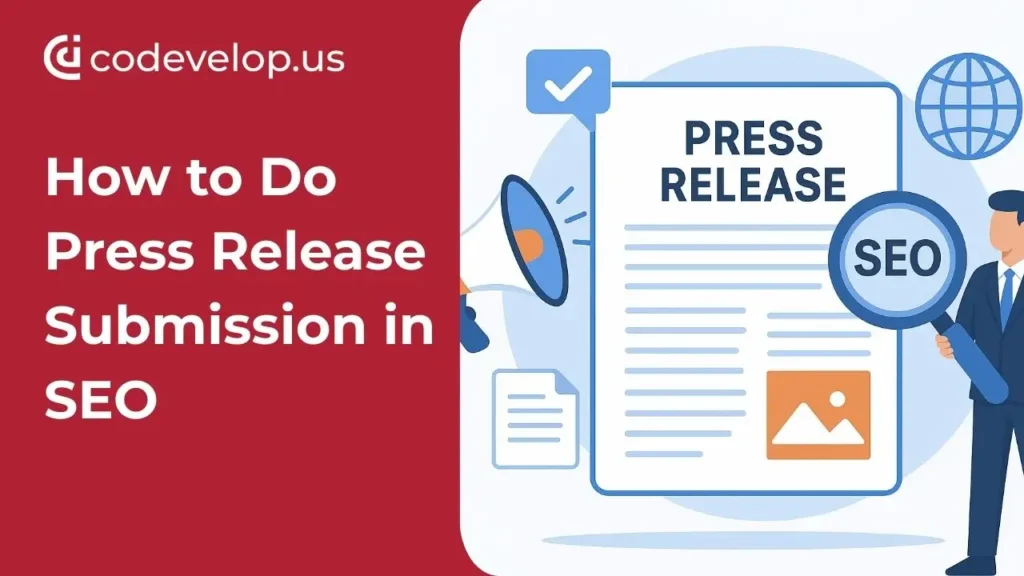1. Why Press Releases Still Matter in SEO (USA Context)
In the U.S., press releases remain valuable for visibility, authority, and backlinks. While Google has dialed back the direct ranking boost from mass-distributed releases, a well-placed release on credible sites still improves brand presence and search signals. Medium’s SEO case studies point out that press releases create referral traffic, build credibility, and help with brand mentions — all of which Google’s algorithm considers.
2. Choosing the Right Press Release Distribution Platforms
Not all distribution channels are equal. In the U.S., platforms like PR Newswire, Business Wire, and GlobeNewswire are trusted by journalists and carry SEO weight. Cheaper networks often push content to low-quality sites, which adds noise but little SEO value. Medium writers emphasize focusing on authoritative distribution partners that syndicate to local news outlets, industry publications, and high-domain-authority websites.
3. How to Write a Press Release Optimized for SEO
An SEO-friendly press release balances newsworthiness and keyword targeting.
Key steps:
- Use clear headlines with target keywords
- Include the main keyword in the first 100 words
- Add quotes for credibility and context
- Write in a straightforward news format — no keyword stuffing
Medium’s content marketing advice is consistent: useful, relevant content beats keyword-heavy fluff.
4. Best Practices for Linking in Press Releases
Google’s guidelines discourage manipulative linking. The best approach is to use branded anchor text or naked URLs rather than keyword-stuffed links. Limit to 1–2 relevant links pointing back to your site — usually the homepage and a resource page. Medium’s SEO practitioners note that over-linking can look spammy and reduce the credibility of your release.
5. Press Release Submission Process: Step by Step
- Draft a clear, newsworthy press release
- Optimize title and body for SEO (keywords, readability)
- Select a distribution platform like PR Newswire
- Upload release, add multimedia (images, videos, logo)
- Choose geographic targeting (USA national, regional, or city-level)
- Schedule release to align with news cycles
- Monitor syndication reports
Medium case studies emphasize pairing distribution with direct outreach to journalists for higher pickup.
6. Tracking SEO Impact After Press Release Submission
Measure results beyond vanity metrics. Key indicators:
- Referral traffic from syndicated outlets
- Backlinks earned (quality > quantity)
- Branded search volume increase
- Visibility in Google News or local SERPs
Medium’s SEO analytics writers suggest tracking campaign impact using tools like Google Analytics, Ahrefs, or SEMrush, then comparing branded traffic before and after the release.
7. Common Mistakes to Avoid in Press Release SEO
- Submitting non-newsworthy content (Google ignores it)
- Overusing keywords in headlines and body
- Linking to multiple irrelevant pages
Relying only on distribution platforms without media outreach
Medium’s practical guides underline that bad press releases don’t just fail at SEO — they can damage brand trust if they feel like spam.
Want press releases that boost SEO and authority? 🚀 Codevelop helps U.S. businesses craft optimized releases and distribute them on high-authority platforms for maximum impact.


